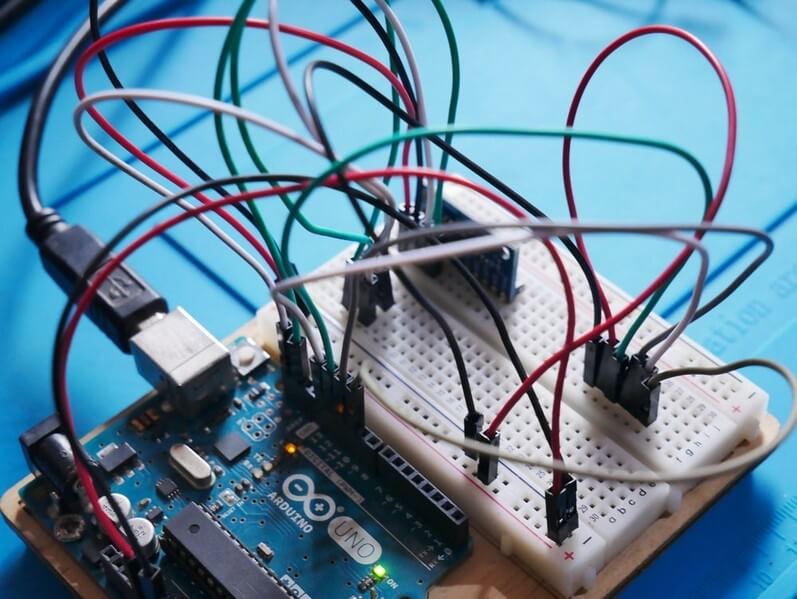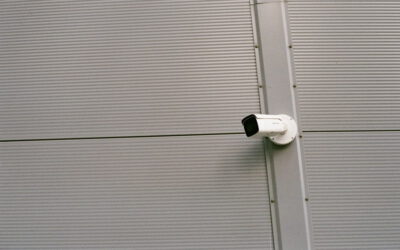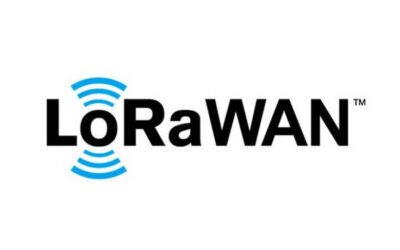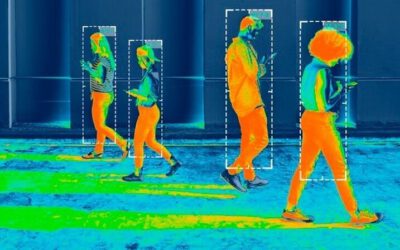Air Quality Monitoring System: Why It’s So Important in Modern Realities

People’s health may be adversely affected if they are exposed to polluted air on a daily basis. However, living in urban areas is unavoidably connected with breathing the polluted ambient air, as numerous vehicles and manufacturing facilities emit a variety of hazardous gases, chemicals, and heavy metals into the atmosphere. Even short exposure to polluted air can cause health problems. In contrast, prolonged exposure to heavily polluted air can cause the development of asthma, allergies, and accumulating intoxication of the organism, which are all hazardous in the long run and pose a severe public health concern.
To target the problem of worsening ambient air quality in the urban areas, industrial regions, and heavily populated and industrialized places, the governments of numerous countries have adopted air quality standards with regard to the local pollutants’ typology and the tolerable limits of exposure to pollutants. To date, the list of common urban pollutants in the urban settings includes nitrogen dioxide, particulate matter, ozone, sulfur dioxide, and carbon monoxide. Thus, the air quality control systems conduct ongoing monitoring of ambient air, calculate the concentration of pollutants in it, and alert the user once the hazardous threshold is reached.
The rapid development of smart technology and the worsening living conditions in urban areas make it desirable, if not imperative, to use an indoor air quality monitoring system. Implementing such systems lets users keep their health and safety under control by verifying whether the environmental conditions comply with the human safety standards and recommendations. To help you out, we cover how to measure air quality and what to look for in an IoT-based air pollution monitoring system, letting you choose the best technology at hand to meet your health and safety needs in home, office, or manufacturing settings.

How the Air Quality Monitoring System Works
Now let’s clarify how the process of measurement of air pollution takes place in natural settings. A typical air quality measurement device should contain sensors that capture the ambient air and analyze its chemical constituents to determine the concentration of such pollutants as CO, CO2, H2S, NH3, O3, SO2, VOC, etc. The measurements are usually made in milligrams or micrograms per cubic meter, giving a realistic snapshot of your air quality at each moment.
The air quality sensors capture the data continuously and send it to the microcontroller responsible for its analysis and reporting to the system user. If the system is meant for private use, the end-user receives the results of analysis and decides how to act based on them. If it is a public monitoring system, it may publish the results of analysis on the openly accessible sites so that the community can familiarize themselves with the air quality status in their neighborhood. If the system is part of a broader IoT network, the rise of air pollutants in the collected samples may automatically lead to the activation of cleaning systems.
Overall, given the strategic significance of clean air, the applications of air quality monitoring system are multiple.
- Construction sites typically have excessive levels of dust in which the construction staff need to work for days, if not months. Thus, the ongoing control of dust concentration and chemical composition is vital for preserving staff health in such settings.
- Industrial hygiene is another sphere where air control is widely applied. Chemical pollution is commonplace in industrial settings, so the staff’s health and safety depend on the real-time monitoring of air quality to prevent mass poisoning or detect leakage of hazardous gases as early as possible.
- Indoor air quality systems are gaining momentum as businesses worldwide are becoming increasingly concerned about staff health and productivity. It is scientifically proven that people work at their highest potential if provided with a safe and clean environment for those operations, i.e., sufficient lighting, moderate indoor humidity, temperature, and clean air. Thus, smart indoor systems controlling and maintaining an optimal microclimate include air monitoring functionality.
- Public air monitoring systems are also becoming more widespread as the local governments realize the need to keep their environment clean and give their communities the best living conditions. Thus, numerous districts, small towns, and even parts of larger cities are now implementing large-scale ambient air quality monitoring networks to keep their residents informed.
- Smart home systems are trending today as more and more people install IoT networks in their premises to keep the entire microclimate under control. With an IoT ecosystem, individuals can set specific conditions for maintenance, such as optimal humidity, temperature, and light levels. The systems may be supplemented with sensors monitoring the air quality and activating the cleaning mechanisms once air quality deterioration is detected.

Pros and Cons of Air Quality Monitoring System
Since using air monitoring equipment seems a reasonable solution in the modern urban environment, characterized by rapidly increasing pollution because of industrial and urban activity, many users considering such equipment find it hard to choose the proper system. Some people opt for low-cost mobile air quality monitoring system use, while others prefer setting up more expensive stationary equipment.
Here are the pros of using more affordable, mobile solutions.
- Most of such solutions are produced as user-friendly, convenient devices not requiring expert knowledge or special equipment for installation.
- They connect to Wi-Fi and work on the public online cloud-based maps.
- The majority of sensors, if they are correctly calibrated, can provide long-term data monitoring accuracy.
- They are easy to assemble and come with simple, interactive instructions, thus guaranteeing end-users’ wide adoption of such technology.
However, there are some downsides to mobile air control systems’ use, which you should consider before making the final purchase decision.
- Low-cost data sensors are produced by numerous brands and utilize various technologies, thus posing a challenge of heterogeneous data quality. Using this data is impossible without verifying that the measurements comply with the data quality requirements of a specific institution or project.
- Laypersons acquire air quality monitoring devices without a clear idea of reference standards and thresholds. Many people are unable to distinguish whether their location is the one with a low or high air exchange rate, thus failing to interpret the analytical results correctly.
- The cons of most low-cost sensors are that they need to be connected to a power device and require calibration, which can hardly be performed adequately by a non-professional.
For these cases, a stationary air pollution monitoring system is recommended as it can give more precise data, analyze more significant volumes of information, and deliver stable, robust performance results over an extended period.

Create Your Own Air Pollution Monitoring System with ADUK
Are you considering your own air quality monitoring system project? There’s nothing better for your employees’ or relatives’ health than a smart system measuring and adjusting the air quality to guarantee human safety. If you’re serious about embedded system development for air control in your production and residential settings, contact ADUK specialists for consultation and development services.
Our engineers work with a variety of hardware and software solutions to customize any technological product to your needs and make your environment compliant with the ambient air quality index. We can tweak all kinds of hardware and firmware the way you need in a broader IoT system, customizing all settings and calibrating the sensors to meet your air quality standards and expectations. Use multiple years of our expertise and profound practical experience with air quality monitoring technology to get a perfect mix of affordable and efficient technology for your purpose.
Recent Posts
- What Is an Exoskeleton Suit?
- Where can you use an ultrasonic motor?
- Smart Camera: System That You Can Use for a Wide Variety of Purposes
- Why Is the Smart Toothbrush Better Than a Regular One?
- Microcontrollers: An Integral Part of Embedded Hardware
- Air Quality Monitoring System: Why It’s So Important in Modern Realities





